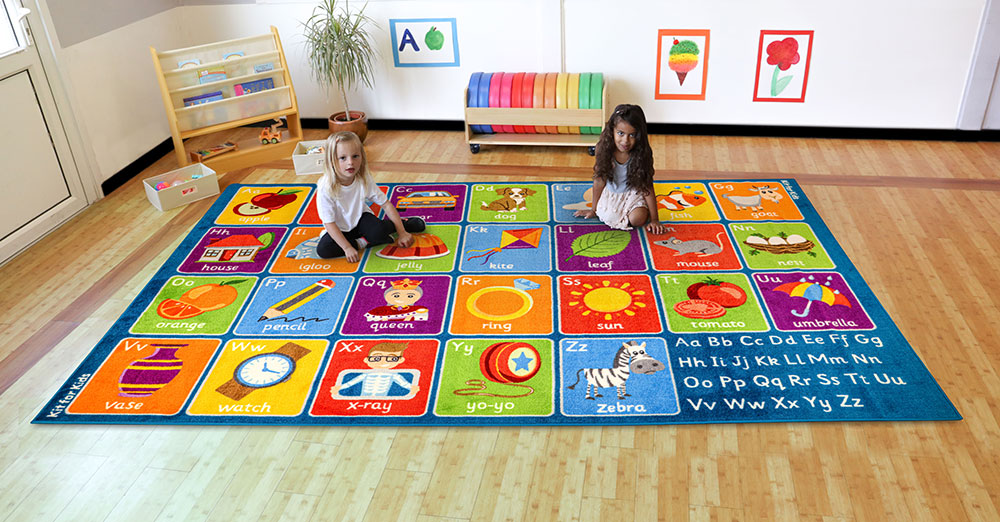Education is constantly evolving to meet the needs of diverse learners. One of the most innovative approaches to emerge in recent years is the Zet Up Mat Classroom—a dynamic and flexible learning environment that promotes active participation, collaboration, and cognitive growth. This article explores the concept, benefits, and implementation strategies of Zet Up Mat Classrooms, offering educators a roadmap to modernize their teaching spaces.
What is a Zet Up Mat Classroom?
A Zet Up Mat Classroom is a learning environment where traditional desks and chairs are replaced or complemented by mat-based seating and activity zones. These mats are designed to create a more engaging and flexible space that encourages movement, group work, and hands-on learning.
Key Features of a Zet Up Mat Classroom:
- Flexible Layouts: Mats can be rearranged to suit different activities, such as group discussions, independent study, or creative projects.
- Interactive Spaces: Zones for specific tasks like brainstorming, problem-solving, or relaxation.
- Comfortable Seating: Mats provide ergonomic support, reducing physical discomfort during long learning sessions.
- Sensory Integration: Incorporates textures, colors, and patterns to stimulate sensory learning.
Benefits of Zet Up Mat Classrooms
1. Encourages Active Learning
Students are more engaged when they can move freely and interact with peers. Mat classrooms promote collaboration and hands-on activities, fostering deeper understanding.
2. Enhances Creativity
The flexible design allows for innovative teaching methods, such as role-playing, art projects, and team-based challenges.
3. Supports Cognitive Development
Research shows that movement and sensory stimulation improve focus, memory retention, and problem-solving skills.
4. Promotes Inclusivity
Mat classrooms can accommodate diverse learning styles and needs, including those of students with sensory or physical challenges.
5. Cost-Effective and Sustainable
Mats are often more affordable and eco-friendly compared to traditional furniture, making this approach accessible to schools with limited budgets.
How to Set Up a Zet Up Mat Classroom
1. Choose the Right Mats
Select mats that are:
- Durable and easy to clean.
- Non-slip for safety.
- Comfortable for extended use.
2. Design Activity Zones
Divide the classroom into areas for specific purposes, such as:
- Learning Circles: For group discussions.
- Quiet Corners: For individual study or reading.
- Creative Zones: For art, science experiments, or collaborative projects.
3. Incorporate Technology
Equip the classroom with portable devices, interactive whiteboards, or projectors to integrate digital learning tools.
4. Train Educators
Teachers should be trained to adapt their teaching methods to the flexible layout and take full advantage of the interactive environment.
5. Gather Feedback
Regularly collect input from students and teachers to refine the setup and address any challenges.
Challenges of Zet Up Mat Classrooms
1. Transition Period
Students and teachers may need time to adjust to the new format.
2. Maintenance
Mats require regular cleaning and upkeep to ensure hygiene and durability.
3. Space Constraints
Small classrooms may struggle to accommodate multiple zones effectively.
FAQs About Zet Up Mat Classrooms
1. What age group is best suited for a Zet Up Mat Classroom?
Zet Up Mat Classrooms are ideal for elementary and middle school students but can be adapted for older learners with appropriate modifications.
2. Are these classrooms expensive to set up?
While the initial investment may vary, mat classrooms are generally more cost-effective than traditional setups due to the affordability and durability of mats.
3. How do Zet Up Mat Classrooms improve learning?
By fostering active participation, creativity, and sensory engagement, these classrooms help students retain information better and develop critical thinking skills.
4. Can traditional teaching methods work in a Zet Up Mat Classroom?
Yes, teachers can blend traditional methods with interactive activities to create a balanced learning experience.
5. Are there health benefits to using mats instead of chairs?
Mats encourage better posture, flexibility, and movement, reducing the physical strain often associated with prolonged sitting.
Conclusion
The Zet Up Mat Classroom represents a paradigm shift in education, moving away from rigid, traditional setups to flexible, engaging learning environments. By prioritizing student interaction, creativity, and comfort, this innovative model has the potential to transform educational outcomes.
For educators and administrators looking to modernize their classrooms, the Zet Up Mat Classroom offers an exciting opportunity to foster a love for learning while meeting the needs of 21st-century students.

